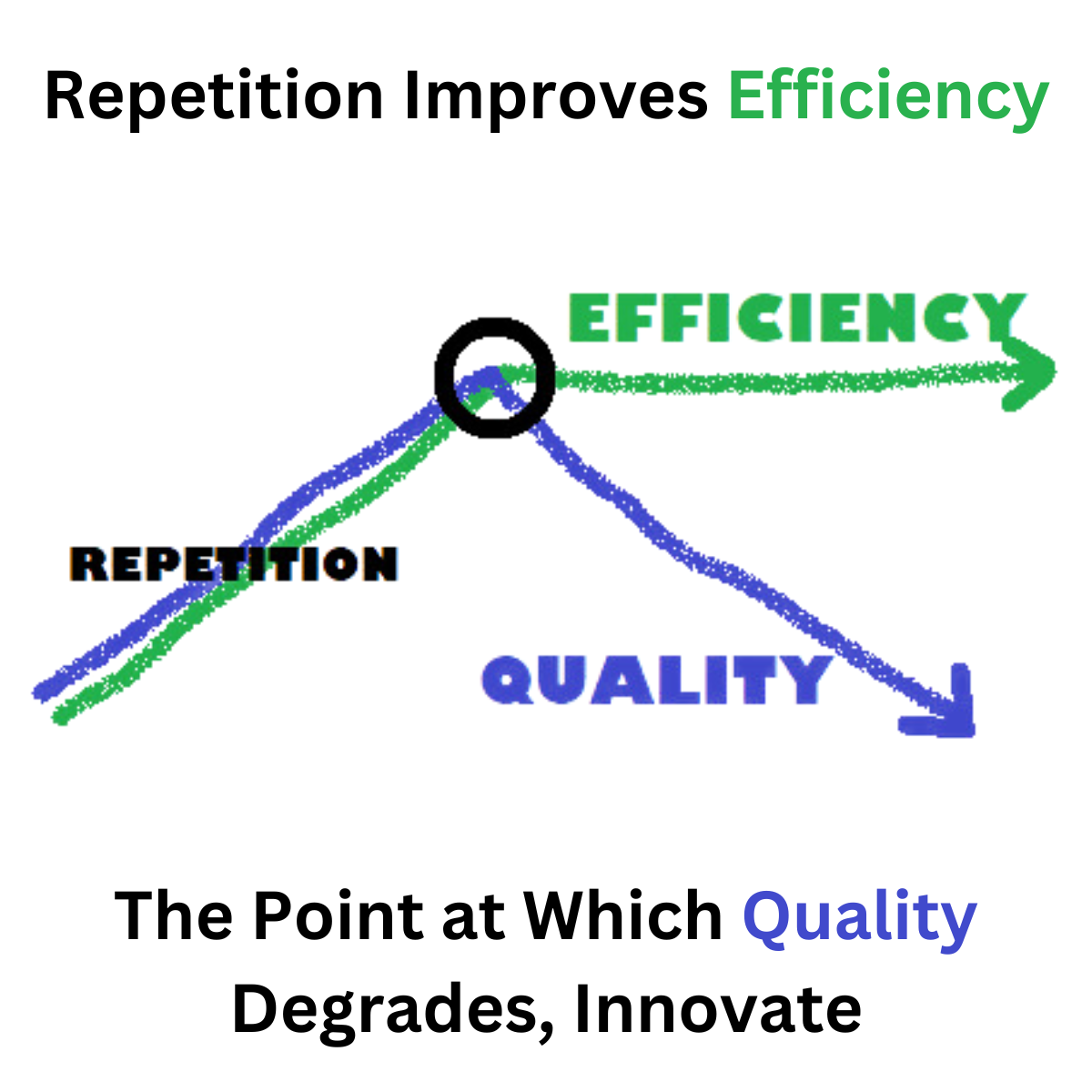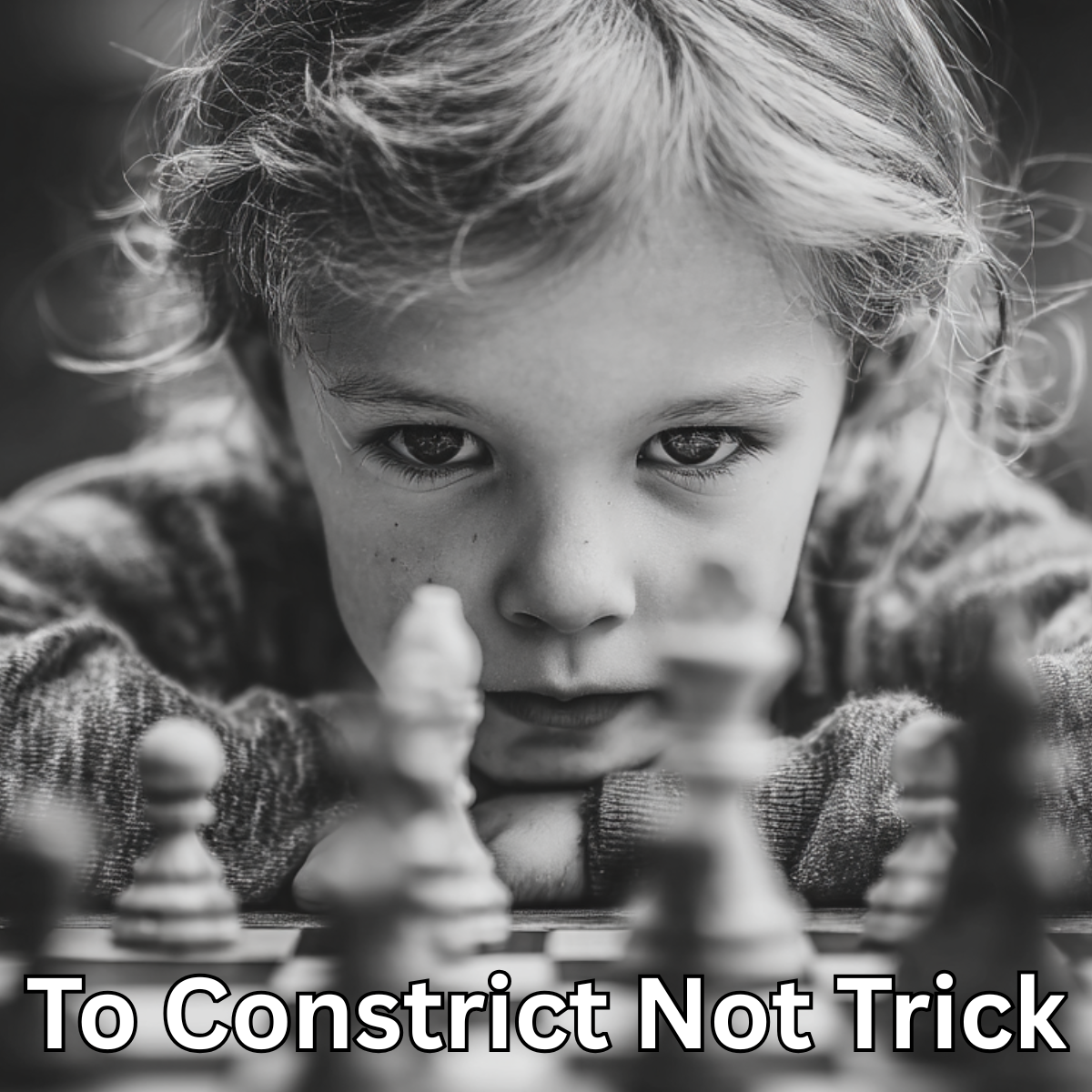In the quest for personal and professional development, we often embark on journeys of repetitive improvement, hoping to master our crafts through consistent effort. I recall my own initiation into the world of blogging, a daunting challenge where each word seemed like a step uphill. Five years ago, I committed to writing a blog post every day. Initially, the task was time-consuming and cumbersome, but as the days rolled into weeks and months, the process became more fluid and rapid. My fingers danced across the keyboard with a newfound grace, and my thoughts aligned with ease, translating into text. This was efficiency in action, a testament to the power of repetition. Yet, there was a turning point where efficiency plateaued, and the vibrancy of my prose began to diminish, hinting at an underexplored aspect of continuous improvement.
This phenomenon is not unique to human endeavors. In artificial intelligence, a parallel can be drawn where machine learning systems experience a similar trajectory. Studies have shown that when AI models are repeatedly run without retraining or adaptation, there’s a marked degradation in performance, despite the underlying data remaining constant (LINK).
It’s a digital echo of my writing experience, where reaching peak efficiency doesn’t necessarily mean maintaining quality.
Material science and engineering provide another lens through which to view this pattern. Here, the degradation of materials over time has been meticulously tracked, often revealing nonlinear and unpredictable trends. This data helps illustrate that while initial repetitions may enhance performance or strength, over time, without intervention or innovation, a decline is inevitable (LINK).
The adage ‘practice makes perfect’ is ingrained in our collective consciousness, heralding the virtue of repetition. Yet, this principle bears a caveat: practice leads to perfection only in the specific task, not in the broad spectrum of potential improvement. Mastery of one process does not guarantee the enhancement of related or subsequent tasks, underscoring a critical nuance in the pursuit of excellence.
The Kaizen philosophy of continuous improvement espouses the belief that small, ongoing, positive changes can reap significant improvements. However, as any process approaches optimization, the potential for further improvements diminishes, and the once fruitful gains begin to taper off. Identifying and implementing changes that make a marked difference in quality or efficiency becomes a more arduous task.
This brings us to a solution that reconciles the pursuit of efficiency with the need for innovation. While it is beneficial to hone skills through repetition, we must remain vigilant and recognize the signs of stagnation. My proposition is a strategic pivot to innovation precisely when efficiency gains level off, and quality begins to wane. It’s a deliberate and timed infusion of creativity and new methodologies to rejuvenate and elevate processes, ensuring that the path of improvement is not just a fleeting sprint but a sustainable marathon of growth and development.
In conclusion, while efficiency through repetition is a worthy goal, it is not the finish line. The marker signals the time for innovative thinking, allowing us to break through plateaus and ascend to new heights of quality and performance.




